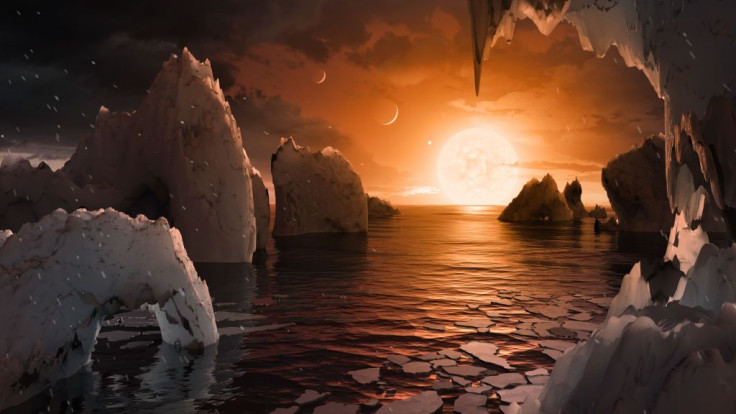Exotic 'Super-Earth' Planets May Contain Sapphires, Rubies Instead Of Iron Core

Some exotic "super-Earths" several light years away from our solar system likely contain high quantities of calcium, aluminum and their oxides, including sapphire and ruby, according to a team of researchers.
In a report published in the British journal Monthly Notices of the Royal Astronomical Society, Caroline Dorn and her colleagues at the Universities of Zurich and Cambridge said that there are three candidates likely to belong to a new, exotic class of exoplanets.
One of them has been given the designation HD219134 b and orbits its star with a year that is just three days long in the constellation Cassiopeia. It is one of the possible "super-Earths," which are planets with a mass almost five times that of our planet. However, unlike Earth, the exoplanet is likely to be rich in calcium, aluminum and their oxides, which include sapphires and rubies.
Dorn, an astrophysicist at the Institute for Computational Science of the University of Zurich, said that HD219134 b may "shimmer red to blue" as rubies and sapphires are aluminum oxides common on the super-Earth planet.
This is unusual since, according to Dorn, the building blocks of planets such as Earth are formed in regions where rock-forming elements like magnesium, iron and silicon have condensed. The planets born out of these regions are usually like Earth, which has an iron core. Most known super-Earths have been formed in such regions, but it seems that these exoplanets' composition is more diverse than scientists initially thought. And it all depends on how close to the star a planet is formed.
With their models, Dorn and her team calculated that a planet formed in a hotter region would be rich in calcium, aluminum, magnesium and silicon, but would barely have any iron. It is because of this that these exotic planets cannot have a magnetic field like Earth, according to Science Daily. The researchers theorized that their cooling behavior and atmospheres would also be different from that of normal super-Earths due to their unique inner structure, making them a new, exotic class.
In their paper, the researchers said that the probability of these exotic objects existing is "high" and that their densities are 10 to 20 percent lower than that of Earth. They observed other exoplanets with low densities and thought of different scenarios that could explain this.
The researchers noticed that 55 Cancri e and WASP-47 e, two of the exoplanets they observed, orbit their star so closely that their surface temperature is almost 3000 degrees and they would have lost this gas envelope long ago.
In the HD219134 b's case, the temperature is less hot, but the situation is "more complicated." Dorn and her team initially thought that the deep oceans were the main cause of the lower density. However, the second planet orbiting its star a little further away makes this theory unlikely as an inner planet cannot contain more gas or water than the outer one. Scientists were also unable to determine if magma oceans can result in lower density.
"So, we have found three candidates that belong to a new class of super-Earths with this exotic composition," the astrophysicist summarized.
© Copyright IBTimes 2025. All rights reserved.



















